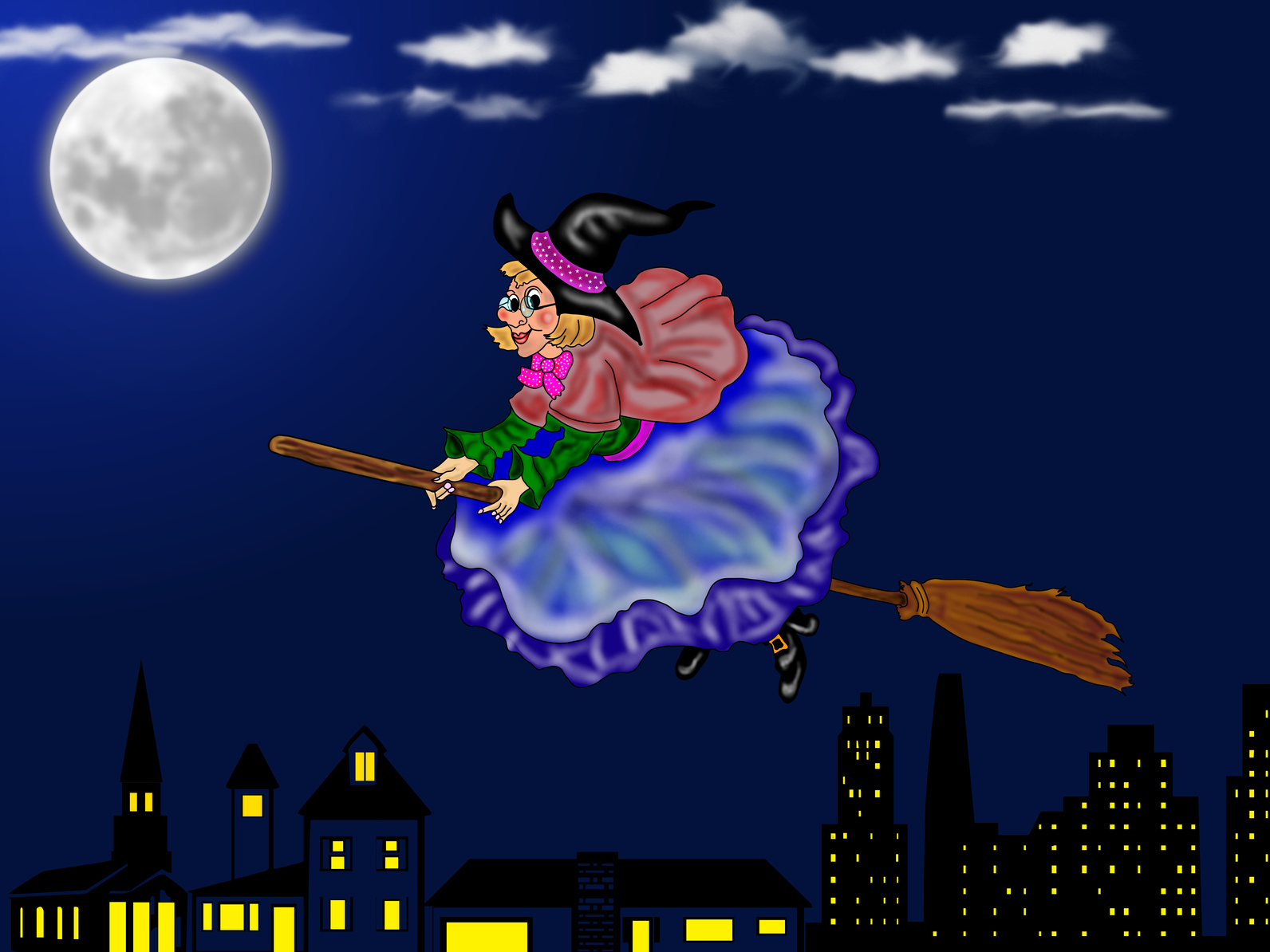ITALY TRADITIONS
In the United States, New Year’s Day is the climax and the end of the Christmas holidays while in Italy we have an extra bonus – so to speak – of about a week. On January 6, we celebrate the Epiphany, a Christian celebration that symbolizes the Three Kings’ arrival at the Baby Jesus’ manger.
Only recently, it has been officially recognized as a national holiday. But also and above all, this day has a folkloristic and typically Italian aspect as we celebrate the arrival of the Befana, an extra opportunity for children to receive more presents and an extra day off for the adults.
Many of our holidays have a rural origin and are rooted in our traditions as a merger between Christian and folk elements. So is the Befana. Historically, the twelfth night after Christmas, i.e. after the winter solstice, was celebrated as the death and rebirth of nature.
We have to go back to the ancient Romans who believed that during these twelve nights, imaginative female figures led by Diana, Goddess of the Moon and linked to Nature and crops, would fly on newly sown fields to foster future crops.
Some others thought it was a mysterious deity called Satia (from the Latin satiaetas, satiety) or Abundia (abundance) leading them. The Church condemned such beliefs with extreme rigor, calling them the result of the Devil’s work and thus influencing, even more, the people’s imagination who continued to believe that these nocturnal wanderings really took place according to Satanic rites. These gave rise to many evil/good overlapped personifications that resulted, in the middle ages, in our Epiphany whose term Befana is a corruption of it.
She is an old fairy/witch who brings gifts to the good children in remembrance of those offered to the infant Jesus by the Three Kings on the night between the 5th and 6th of January. She is good-natured, and not feared at all by the children, who actually await her arrival just like they do with Babbo Natale (Santa Claus).
Well, maybe not so anxiously, as what she carries in her canvas bag is not as exciting. Her appearance is not as thrilling either: she is a scrawny old lady with a beak-like nose, wearing a dark and broad skirt with an apron with pockets, a shawl covering her back and head, and a pair of worn-out slippers; all this enlivened by numerous colored patches.
La Befana flies over rooftops riding a broom, in her old patched-up canvas sack she carries candy stockings which she leaves hanging from the fireplace or under the beds.
In Italy, many parents still like to stuff the very children’s socks with goodies and small presents. But not all that she brings is good. If a child has been naughty she’ll leave some in their socks some coal too. In Tuscany, besides coal, the Befana likes to leave garlic, onions, and walnuts – the latter considered not of delicacy anymore by today’s kids – as a playful punishment for naughty behavior.
There are those who argue that she is old and ugly because she represents nature now stripping from the old and coming alive again; some others say she actually embodies the old year now worn and bears the new one with it whilst fading away. Her tattered look symbolizes our past sorrows, thus turning her into a sacrificial figure. Indeed Mother Nature, tired after donating all his energies during the year, appears in the form of an old benevolent witch. Now, mother nature is ready to be burned as a branch, so that it can be reborn from the ashes.
Before perishing, the Befana distributes gifts and sweets to everyone. These are the good seeds that will sprout the following year. During this time, in many regions of Italy, purifying rites are performed; huge fires are lit in the countryside to drive the evil forces from the fields, and similarly, on the night between January 5th and 6th in many Italian Piazzas a big bonfire is erected and straw puppets in the shape of an old witch are burned as a propitiatory rite with the hope of a prosperous and successful year.
Nicoletta Lucia Paganucci


